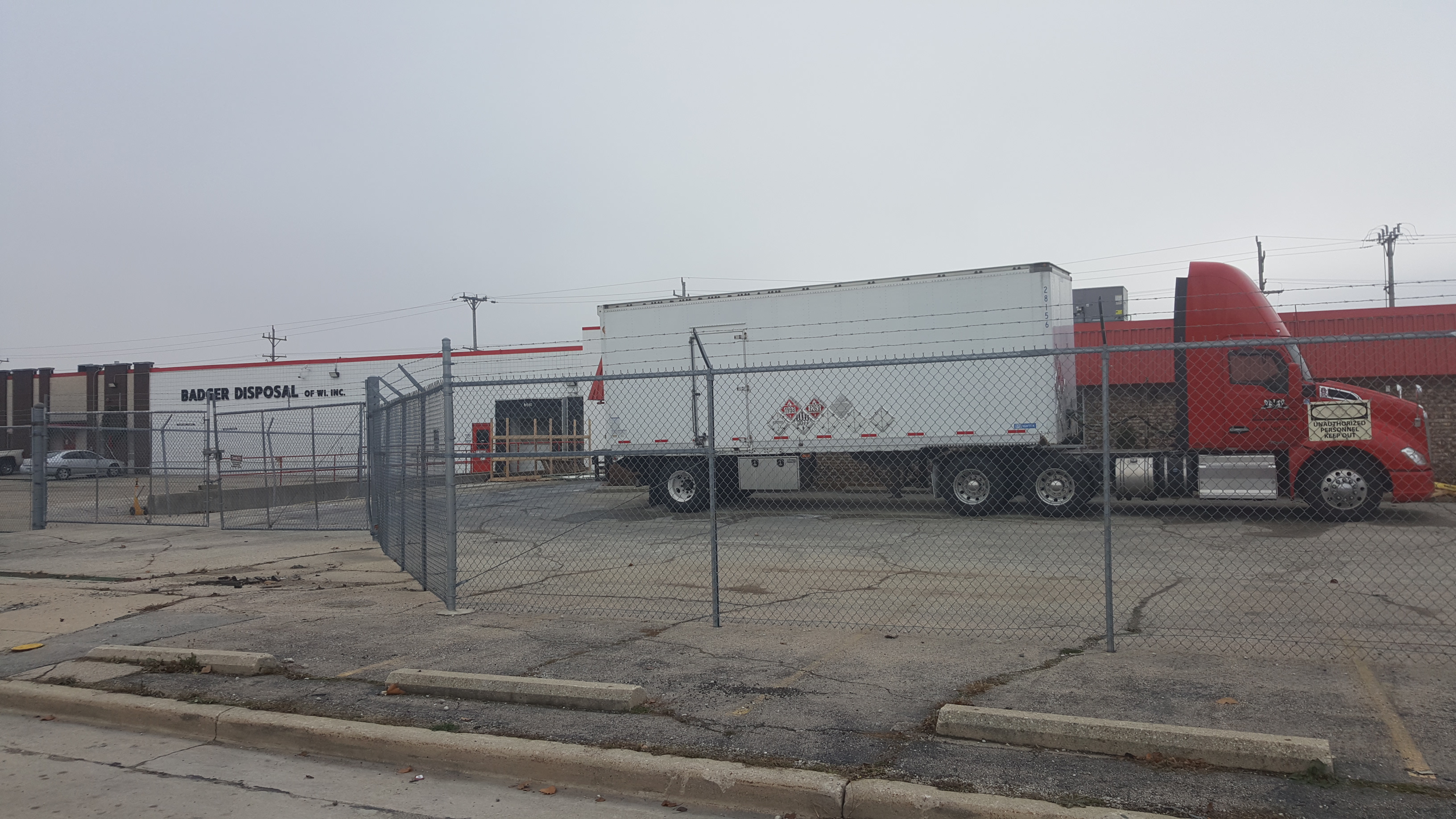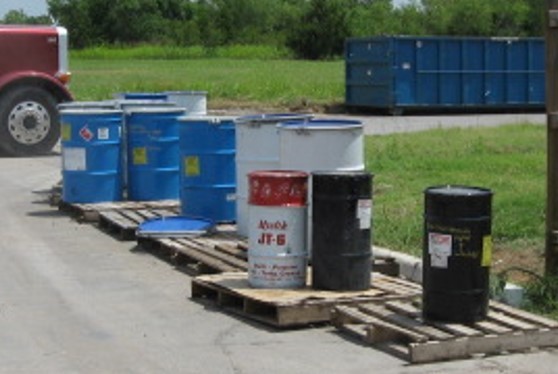This series of questions came from a frequent reader of my newsletter:
Like this article? Subscribe to my Monthly Newsletter No marketing emails! |
Good afternoon Daniel,
I appreciate the link to your google site. I knew I could come up with a question if I thought a little bit.
(1) The filters on the aerosol can puncturing systems – may they be discarded as regular solid waste? According to “New Pig”, the maker of the aerosol can puncturing system that my company sells, the filters may be discarded as regular solid waste.
(2) In your experience with Black Beauty and its use as a sandblast material for unpainted metals, does used Black Beauty usually pass TCLP? I know this is a very subjective question and I realize the parameters involved. Just want your opinion.
(3) How frequently do you see the use of the SPLP test vs. the TCLP? Is it coming into more common use?
That’s all for now – and again, no pressing issues; these are simply some questions I have dragging around in the trunk of my car!
Feel free to call if you’d rather.
Contact me with any questions you may have about the generation, identification, management, and disposal of hazardous waste Daniels Training Services 815.821.1550 |
My reply was vague but helpful:
I will take a look at your questions and strive to get you an answer soon.
I apologize for my delay in responding. Please see below for my attempt to answer your questions.
- New Pig is correct in its direction but may not have provided all of the necessary information. Any material upon the point of discard becomes a solid waste per USEPA regulations. This does not mean that it is solid as it could be a liquid, gas, or semi-solid. The USEPA defines a solid waste at 40 CFR 261.2. So, “yes” the filter is a solid waste when discarded. However, the generator of a solid waste must conduct a hazardous waste determination to determine if it is a hazardous waste, what exclusions or exemptions may apply, and, if applicable, its hazardous waste codes. This determination is the sole responsibility of the generator of the waste. Since it is unlikely in my opinion that a spent carbon filter would be a listed hazardous waste (unless the aerosols punctured were pesticides), the generator would have to determine if it displays a characteristic: Ignitability (unlikely), Corrosivity (unlikely), Reactivity (unlikely), or Toxicity (possible depending on what was in the cans punctured). If the generator determines it is not a hazardous waste, then they may be disposed of as a non-hazardous waste which might – depending on state regulations – allow for disposal with common trash and garbage at a municipal solid waste facility.
(2) In your experience with Black Beauty and its use as a sandblast material for unpainted metals, does used Black Beauty usually pass TCLP? I know this is a very subjective question and I realize the parameters involved. Just want your opinion.
- Black Beauty is a coal slag blasting abrasive. The question of whether or not it passes TCLP depends on one assumption and two criteria:
- Assumption: The concern is regarding toxic levels of heavy metals. I don’t think any other toxins will be an issue.
- Criteria 1: Are there toxic levels of heavy metals in the coal slag prior to use? I don’t think this is likely but without analytical from the supplier or some other source it is impossible to tell.
- Criteria 2: Are toxic levels of heavy metals derived from the unpainted metal surface? This is quite possible depending on the steel alloy treated.
- Answer: It is quite difficult to determine if a used sandblast material contains toxic levels of heavy metals without analysis. I suggest analysis of random samples to determine if the characteristic of toxicity is present. If several samples show no or little presence of leachable toxins, then I think the generator could with confidence state that the waste is non-hazardous.
(3) How frequently do you see the use of the SPLP test vs. the TCLP? Is it coming into more common use?
- I have not heard of SPLP at all prior to your email (I had to google it). I have not heard anything from USEPA indicating they intend to accept anything for determination of the characteristic of Toxicity other than TCLP or the “Rule of 20”.
Interested in a Webinar that covers this topic, and more! |
I think my answers were what she was looking for:
Thank you very much for your thorough response to my questions. I don’t know if the Rule of 20 is used very much in Florida, but it’s certainly good to know about. I do remember something about…but I had to pull it out from my memory bank.
Love being on your mailing list and receiving the newsletter.
Have a great week.
Answering questions is what I do. Whether it’s through my training (Onsite or Webinar), my consulting services, or by responding to the questions I get from EHS professionals like you.





